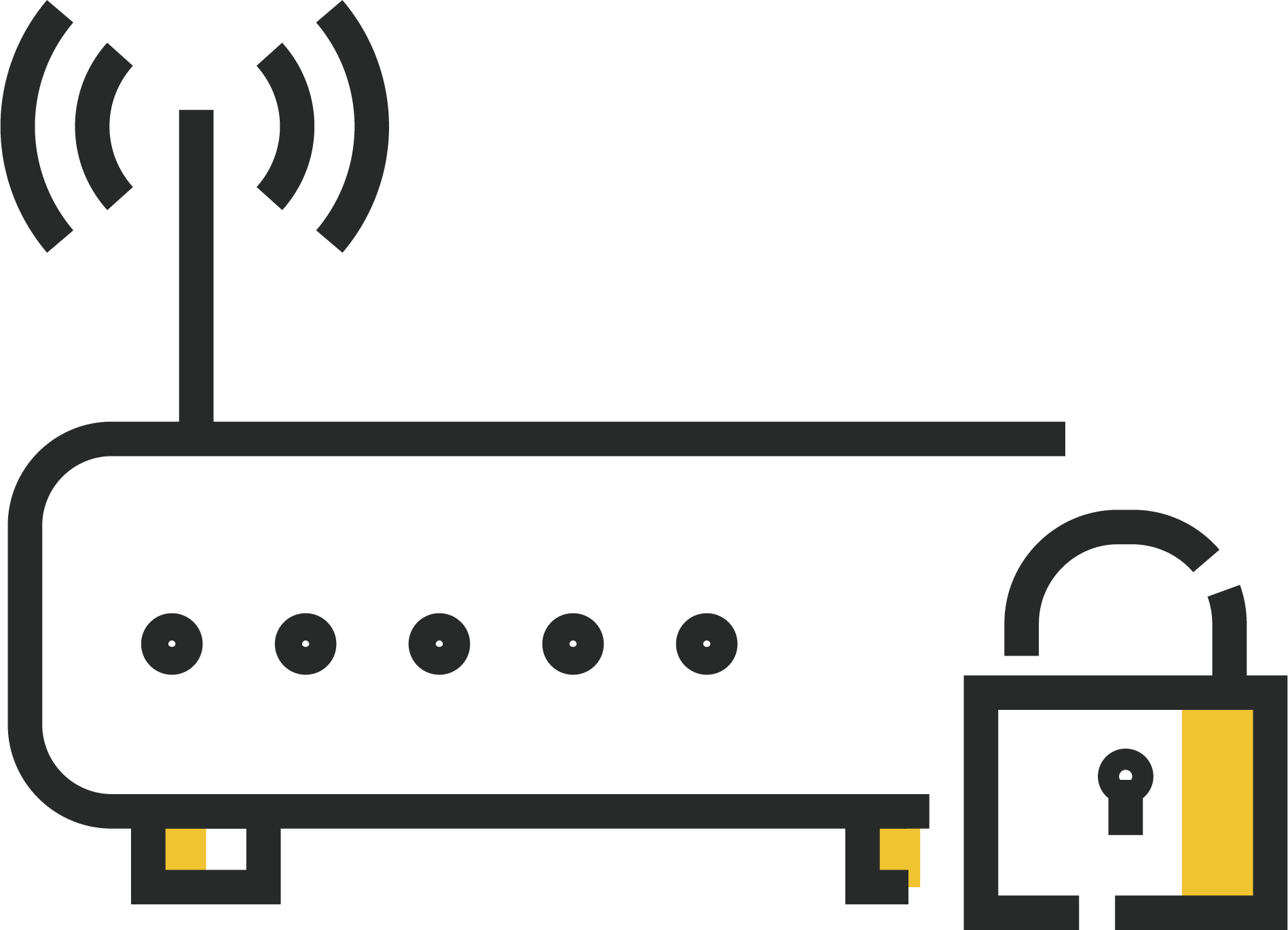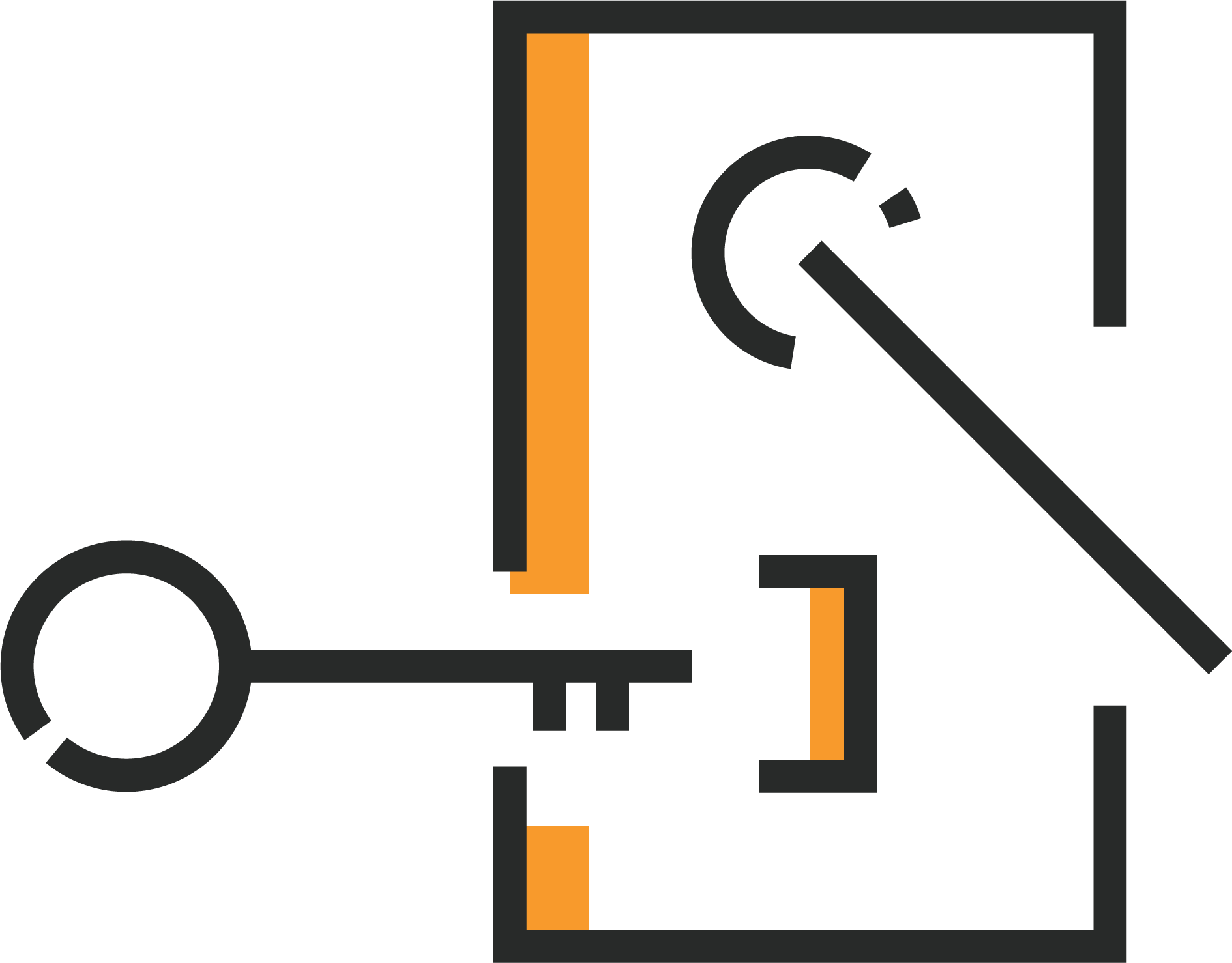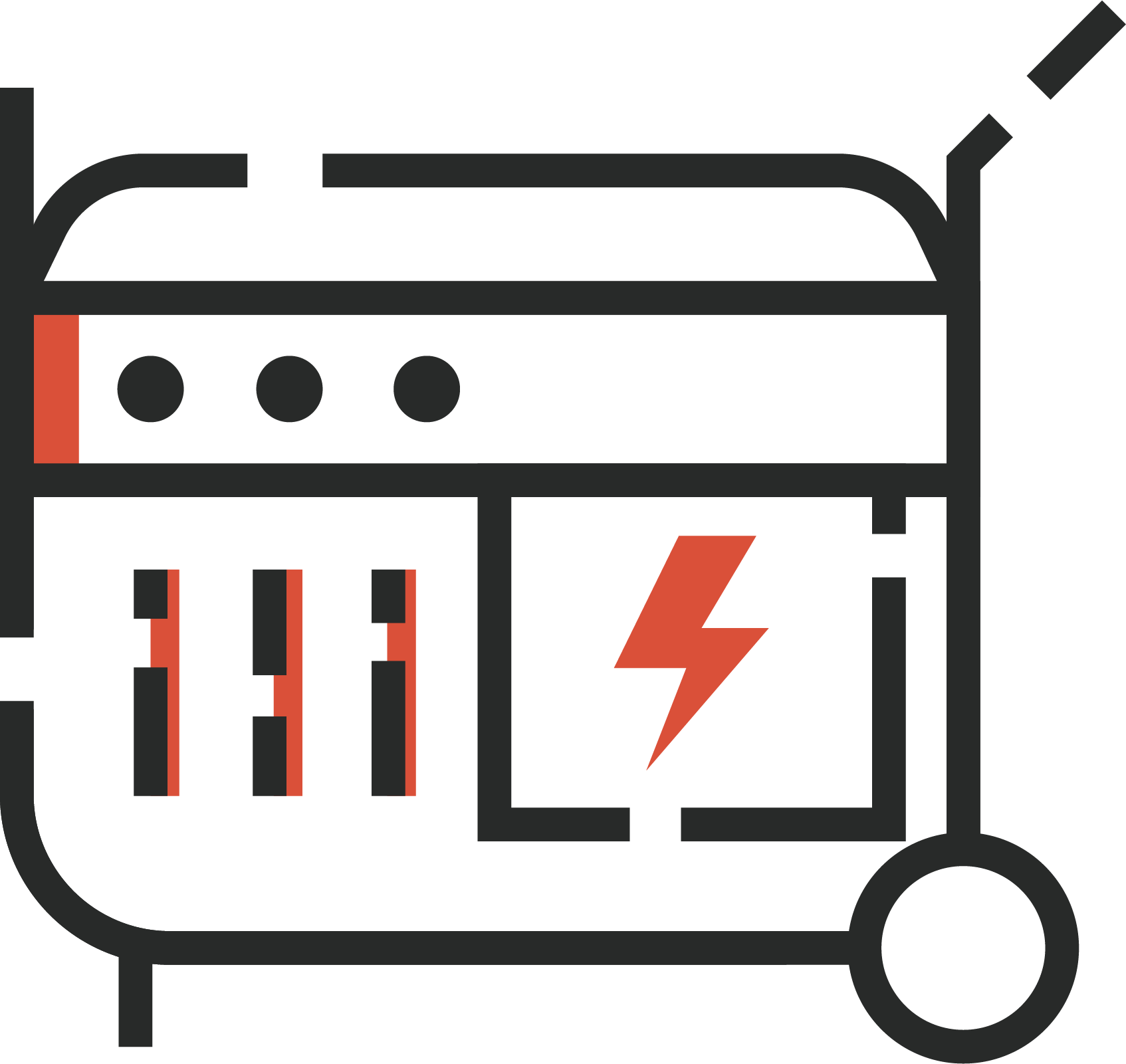When it comes to finding a place for your indoor security cameras, there are no hard and fast rules about where to place them. Placement is really up to your goals with your security cameras. Your goals can range from preventing break-ins to keeping a close watch on your valuables to monitoring any activity in your bedrooms and other common areas.
Here are our three best practices for placing your indoor security cameras. In all cases, remember to set cameras away from windows and angle them upward slightly for better results.
Contents
Start with Areas That Have the Most Valuables
If you need to prioritize where to place your indoor security cameras, start with cameras in areas where burglars spend the most time, like the master bedroom. That’s where most cash and valuables are kept. Aim cameras at the front door and passages to the master bedroom at seven feet high for the best view of an intruder’s face.
Prepare today for peace of mind tomorrow.
Get occasional tips about keeping your family and home safe — delivered to your inbox.
Prioritize High-Traffic Areas
Full of low-value items and potentially loud residents, security cameras here aren’t a priority for home systems. Instead, prioritize high-traffic areas of your home such as entryways, hallways, or foyers that get a lot of action. These are the areas where people will most likely be coming and going throughout your home. Criminals most likely pass through these areas during a break-in so it’s worth placing a camera for extra protection.
Protect the Valuables in Your Garage and Shed
Finally, consider guarding the interior of your garage and shed with cameras. Garages are ways that burglars enter homes, and they’re also good places to find items to sell. They’re often enticing for burglars since they are less secure than houses. In a burglary, an interior camera in the garage can capture specific items that were taken and help you and the police inventory what’s missing.
Conclusion: Cover All Angles
Burglars are attracted to your home, no matter the size of it. So, keep your valuables safe with strategic placement of your indoor security cameras. By following a few best practices, your home and your family will feel so much more protected.
Shop the Batten Marketplace for our top-rated security camera recommendations.
















